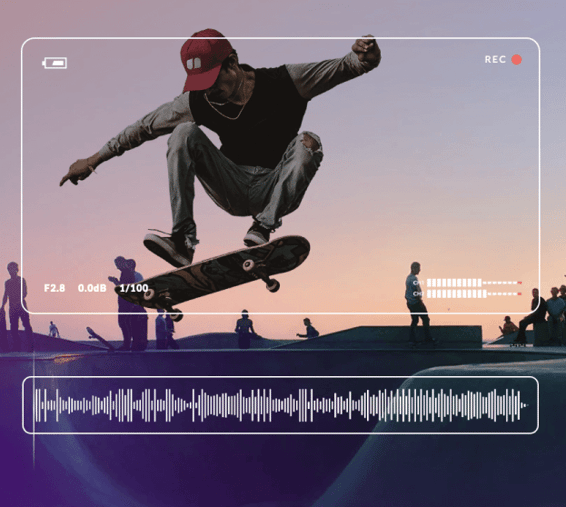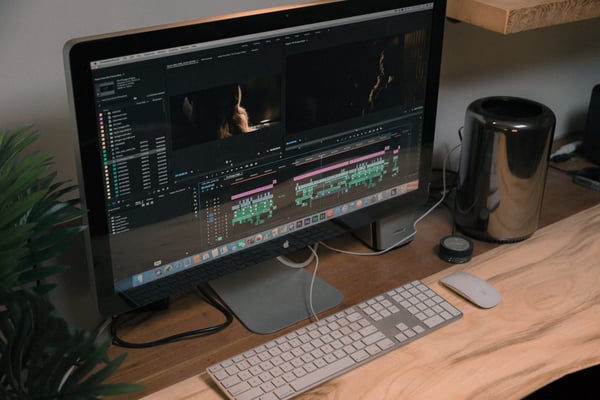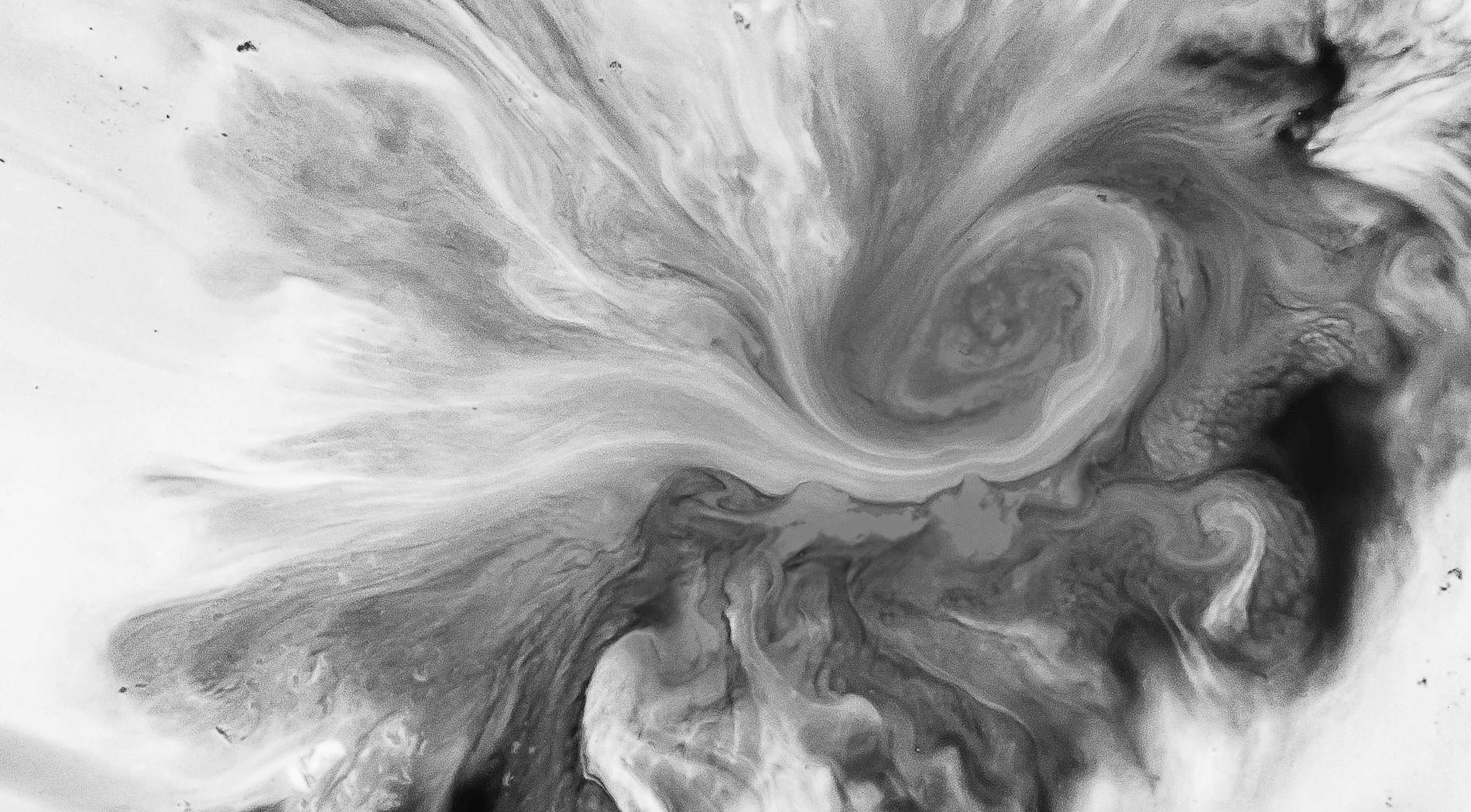Welcome to Outstanding
Intense Music






Listen to our Best Intense Music
We know the right song can make or break your project. That’s why every track in our library is vetted by award-winning producers. Hear for yourself. We've curated a playlist with our best intense music.
Looking for something different?
We got you. From classical to hip hop to indie, our audio library contains thousands of outstanding tracks. Use one of our 13 filters or check out other curated playlists to find what you need in minutes.
BROWSE THE FULL CATALOG
Dead Simple Licensing
Never worry about licensing again. With Soundstripe, your membership covers the cost for every song license. Just find the right track, download the file, and get a custom license. That’s it. No channel or media-specific fees, no recurring royalties, ever. Here’s more good news: you have unlimited licenses. Go ahead, download as many songs as you want.
A Filmmaker’s Guide To Intense Music
Many people hear “intense music” and immediately think about horror movies. And that’s a fair reaction.
The stress-inducing and pulse-raising tone of Halloween, Poltergeist, and The Blair Witch Project all stand out as examples of films that benefited from a particular style of music.
But it’s unfair to think that every suspenseful scene’s score needs to follow some sort of formula.
What about the tragic hunter scene in Disney’s Bambi?
And that brutally stressful bar scene from Inglourious Basterds?
Or pretty much any armed standoff in the history of cinema?
Not every intense moment needs to sound the same, but there’s a reason that composers find and follow trends. Movies in particular have established subconscious triggers in our cultural awareness, warning us or exciting us in ways we might not even realize.
For example, certain instruments draw different reactions from us. The same goes with some environmental noises/sounds. Combining a few of those pieces can evoke a specific feeling that immediately adds drama and intensity to the scene.
Of course, music genres tend to be hard things to pin down and “intense music” is just as complicated.
The goal for this style is to raise or build tension, usually by tapping into the sort of sounds that make our hairs stand on end.
In some cases, this might mean combining bowed strings with a pulsating beat. In other films, the composer might go heavy on sound effects, using wind chimes or metallic noises to create an unnerving cacophony that make us squirm in our seats.
But one thing that intense music always strives for is that edge-of-your-seat suspense.
Whether you’re working on an indie film, a narrative vlog, or even a dramatic commercial, intense music can deliver a unique emotional punch to help you tell your story.
Finding opportunities to add intensity
Not every scene needs to lean into tension. In fact, add too much suspense and you might trigger anxiety disorders or emotional burnout in your audience.
That’s the last thing you want, because intense moments tend to be integral to your video or film’s message.
Managing the placement of intense music will help you maximize the impact of each moment. And, just as importantly, it will let you minimize the risk of being too campy or over-the-top, which would also completely ruin the atmosphere you’re trying to build.
The most notoriously intense movies tend to deliver one or two scenes that captivate audiences and live in our memories for years to come. We’ll explore a few of those in a minute, but the important thing to do is watch how the directors are managing a scene’s tension at specific points.
The “tension” is often defined as “inner striving, unrest, or imbalance often with physiological indication of emotion.” In other words, these intense scenes work because they make us uncomfortable in one way or another.
And finding the right music can help you do that with your project. Your job as a filmmaker is creating a lack of uncertainty so the audience can’t help but watch what happens next. This could take the shape of jump scares or impending dread.
Good music builds to an emotion, and that’s especially true with suspenseful music. Choosing the right emotion and climbing to it — or subverting the viewer’s expected emotional payoff — is what forces a scene or a piece of music to really stick with the audience.
Some of the most disconcerting scenes are peaceful moments layered with intense music (or the opposite: tense moments with peaceful music). In that way, it’s interesting to see how the textbook definition matches with our subconscious reactions.
A perfect and unique combination of this can be seen in the tempo demonstration scene of Whiplash. A film about music uses a band practice scene and the literal composition of its score to stage a moment that is cringeworthy, suspenseful, and intense all at once.
For all of those reasons, it’s very much an unforgettable moment. And it’s not hard to see how J.K. Simmons won an Academy Award for his performance in that role.
Three film genres that are perfect for intense music
There’s a good chance you’ve got a list of favorite scenes, and most will sit on the emotional or even the “intense” end of the scale. But in case you don’t have that list handy, we’ll include some specific examples with scene recommendations.
In order to explore how music plays a role in managing the tension in a scene, here are the three genres that tend to work best with this type of music.
(Consider this a very serious *spoiler alert* before you read on.)
Horror
We all can think of instances where intense music was used in a horror film. Classics like Psycho helped establish sound design as an invaluable part of storytelling in film, and ultimately inspired an entire generation of filmmakers.
People still talk about the fact that Alfred Hitchcock wanted to keep music out of Psycho’s now-legendary shower scene. That moment turned out to define an entire genre of cinema, and it’s the watermark for how music can craft emotion in any type of movie.
Alien continued to build onto that foundation, piecing in effect- and synth-driven music. The scene when the xenomorph appears is accompanied by sharp instrumentals, tinkling water, rattling chains, and an ear-splitting whistle that rises in volume as the danger approaches.
And that, of course, is a key element. The rising volume or intensity pairs with the increasing level of dangers, which has a physical effect on the audience.
Let’s take Jaws as an example. Even if it is a cliche at this point, the simple duh-dum sound has become a part of modern film culture. Despite its widespread popularity, that theme is still a sound that can give off a sense of dread. (The rest of John Williams’ score is good too, for the record.)
For some extra listening homework, check out the soundtracks of The Exorcist, The Omen (1976), and It Follows. You should start to see a trend in how intense music has evolved along with the horror genre even as those movies began to split off into small sub-genres.
Drama
Of course, “suspense” isn’t a concept restricted to horror. In fact, Quentin Tarantino’s films (which tend to be action-heavy and also chock full of drama) can be thought of as a masterclass in playing with audience expectations to build tension.
The opening scene of Inglourious Basterds is unforgettable for many reasons. But from the strange, almost menacing version of “Für Elise” to the sweeping (and definitely menacing) strings that come in at the conclusion, the music helped burn that scene into our memories.
And there’s a longer list of dramas that benefit from intense music. Another great use for this type of music is in a direct confrontation scene, usually between the hero and the villain — the high-stakes showdown that the audience has been anticipating all along.
The Dark Knight delivers these moments in small doses sprinkled throughout the film. Heath Ledger brought an unbelievable amount of gravitas to the Joker, and his shining moments (paired with Hans Zimmer’s score) left a lasting impact on audiences.
The first meeting between Hannibal Lecter and Clarice Starling in The Silence of the Lambs is another example of how intense music can help set a dramatic scene. The music leading into that conversation is dark and menacing, only to fade away as the dialogue begins.
And your extra listening for this genre is No Country For Old Men. It’s a great blend of a traditional-type soundtrack with suspenseful moments hidden inside.
Action
One of the easiest ways to build tension is with action. Putting characters in dangerous positions pulls the audience in and tests their emotional connection; that moment of fear or worry is enhanced by adding intense music to the scene.
Using music to develop suspense works well in a fight, chase, or any other scene where the visual action escalates before reaching a conclusion. Children of Men delivers a handful of these moments, and each one benefits from a muted, minimalist piece of music.
During the shootout scene near the end of the movie, the instrumental piece puts us on edge while we wait for some new tragedy to fall onto Theo. And then all of that emotion swells into something much bigger as the scene concludes.
Downloading intense music for your videos
Of course, reading about how intense music can help your videos — and seeing examples of it in action — leads to one big question: Where can you actually get that kind of music?
We’re glad you asked. It might be tempting to google “free intense music” and download the songs you find, but that would be a mistake. Go that route and you’ll break copyright law, which could seriously jeopardize your filmmaking career at best...and land you in jail at worst.
Yes, that was a dramatic pause, because copyright law is a big deal. Copyright holders don’t care whether you’re a Twitch streamer, a vlogger with 10 subs, or a multi-billion dollar corporation — if you use any piece of their work without paying them, they can take legal action.
With that being said, let’s talk a bit about music licensing. That way, when you’re ready to start searching for intense music for your videos, you won’t have even the slightest worry about copyright claims.

While we have resources that can teach you the ins and outs of music licensing, here’s the absolute least you need to know (although we recommend doing a bit more research to protect yourself and your projects).
Licensing makes sure music artists and record labels get paid. More importantly, it’s the process that guarantees they will keep getting paid anytime someone else wants to use the art they created.
In other words, to use copyrighted music, you’ll need the approval of every person with a claim to that song. Oh, and you’ll have to agree to pay a licensing fee to each person as well. And then decide on royalty percentages, and…
Okay, you get it. Music plays a big role in how we experience and enjoy videos, so finding music is a good investment for filmmakers. But chances are good that you don’t have thousands of dollars budgeted for every single song you need.
That means you need an alternative to the traditional steps of (1) choosing a song, (2) contacting the copyright holders, (3) agreeing to a license, and (4) adding music to your video.
Luckily, companies are building new ways for creatives to find music faster, cheaper, and easier than ever before.
This is where royalty free music comes in.
Intense Music You Can Actually Afford
Royalty free music is the perfect alternative for finding quality music. Instead of shelling cash to copyright holders each month, you’ll make a single payment to license a song — a license you’ll get to hold onto forever, in most cases.
Of course, the cost varies based on the song. (You wouldn’t expect to license the newest Taylor Swift song for the same price as a song from your old roommate’s indie band.)
Soundstripe takes non copyright music (and also SFX) one step further. Instead of charging you per song, we’ve developed a service — like Netflix or Creative Cloud — where you pay a yearly or monthly subscription fee. That membership gives you unlimited downloads from our entire music catalog.
We know that licensing can be a complicated topic. And our goal is to give you the resources you need to keep creating things that you love. That’s why we work directly with recording artists and handle the copyright stuff so you never have to worry about it.


Have questions? Give us a call
855.224.0847
Soundstripe - Unlimited Music for Video
© 2017-2020 A Product of Soundstripe, Inc
Nashville TN




Another great combination of action with unnerving music is Mad Max: Fury Road. The epic chase scene moves away from orchestral- or SFX-driven sound design and kicks off with metal drums and guitar, which perfectly suits the film’s tone.